
University of Mosul
College of engineering
Mechatronics Engineering Departments
Lecture Notes
Fluid Mechanics
2
nd
Grade Students
Dr. Ammar Hazim Saber
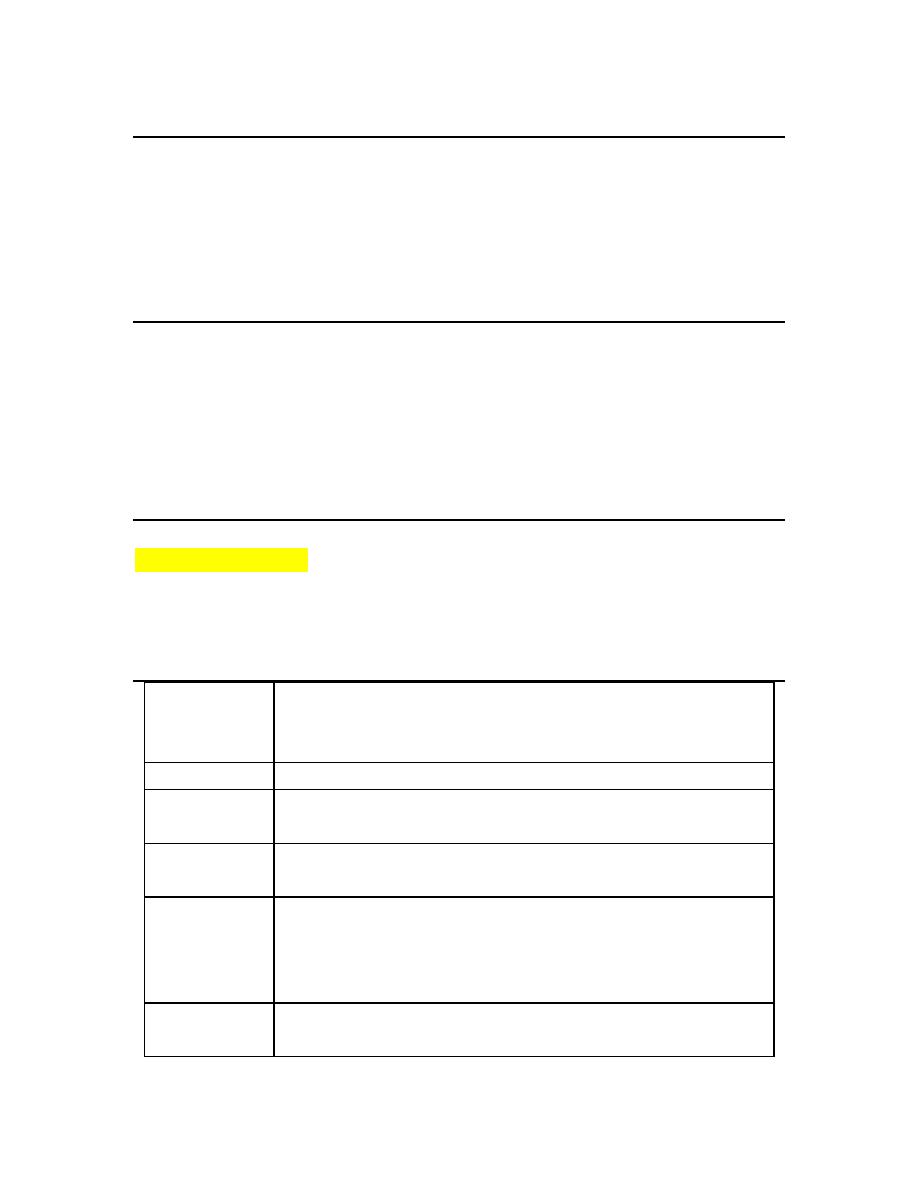
Page 2
Course Syllabus
Course Information
Mechatronics Engineering Department
Fluid Mechanics –2016
Room: Will be announced later
Time:
Lecturer Contact Information
Dr. Ammar Hazim Saber AlAnaz
Office:
Phone:
Email: ammar.hazim78 @ gmail.com
Office Hours: please use email to set this up
Course Description
Fluid Mechanics (5 hours lecture per week) Lecture course. Course
material includes an introduction to the concepts and applications of fluid
mechanics and dimensional analysis with an emphasis on fluid behavior
Lecture
(Hrs,
approx.)
Topic
Introduction: Fluid concepts, Dimensions and units
Fluid properties : Viscosity, Kinematic viscosity,
surface tension, capillary
Statics: Hydrostatic pressure, Manometry / pressure
measurement, Hydrostatic forces on submerged surfaces
Dynamics: The continuity equation, The Bernoulli
Equation, Applications of the Bernoulli equation, The
momentum equation, Application of the momentum
equation.
Introduction to dimensional analysis: Dimensions,
Similarity
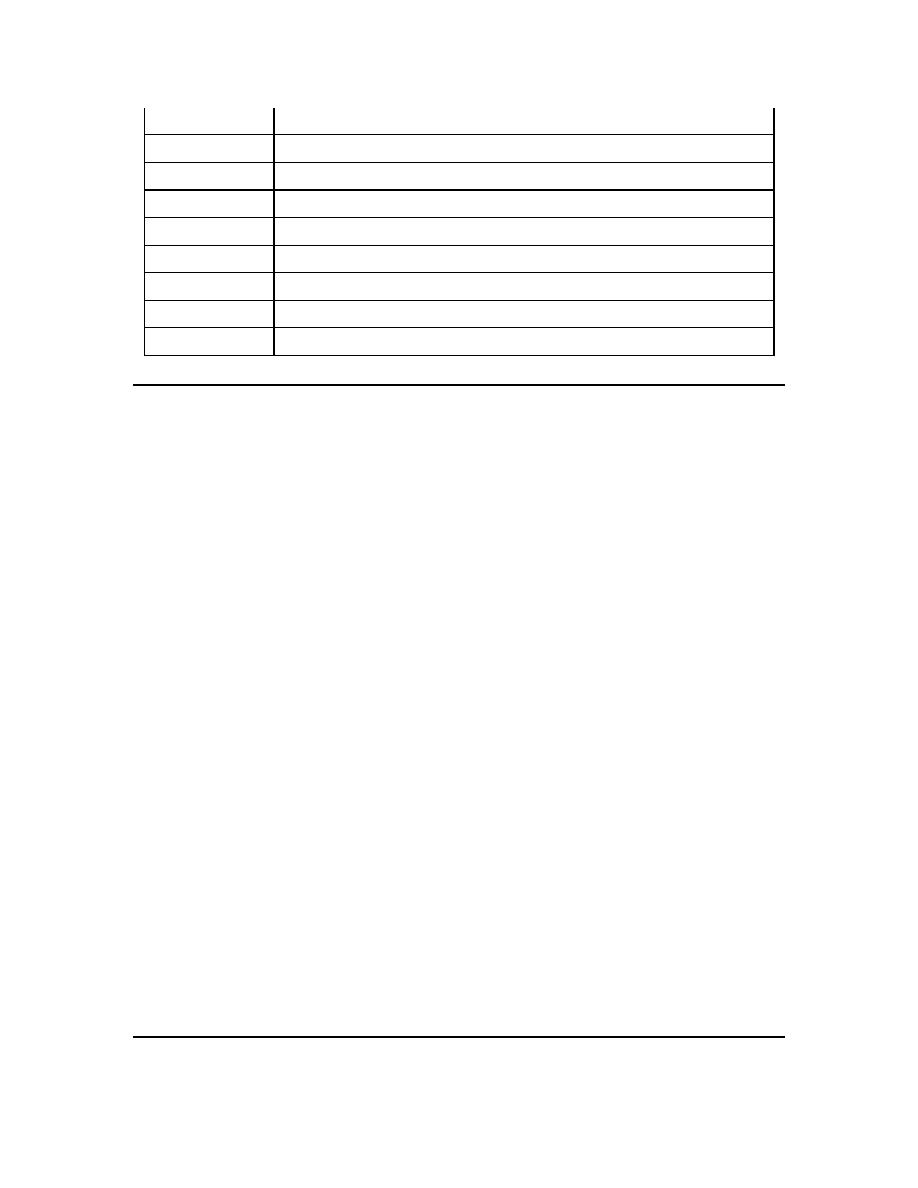
Page 3
Required Textbooks and Materials
Most homework will come from the 1
st
book
1. Fluid Mechanics 4
th
Edition
Frank M. White, MCGraw-Hill
2. Introduction to Fluid Mechanics 7
th
Edition
R.W. Fox, P.J. Pritchard and A.T. McDonald
John Wiley, New York, 2009, ISBN: 970-471742999
3. Fluid Mechanics 5
th
Edition
Pijush K. Kundu, Ira M. Cohen and David R. Dowling
ISBN: 978-0-12-382100-3
Suggested Course Materials
1. http://nptel.ac.in/
2. www.learnerstv.com
3. http://www.mne.psu.edu/cimbala/Learning/Fluid/fluid.htm
4. http://www.efluids.com/efluids/pages/edu_tools.htm
5. http://www.et.byu.edu/~dol4/che374/lectureNotes/lectureNotes.html
6.

Page 4
These descriptions are subject to change at the discretion of the Lecturer.
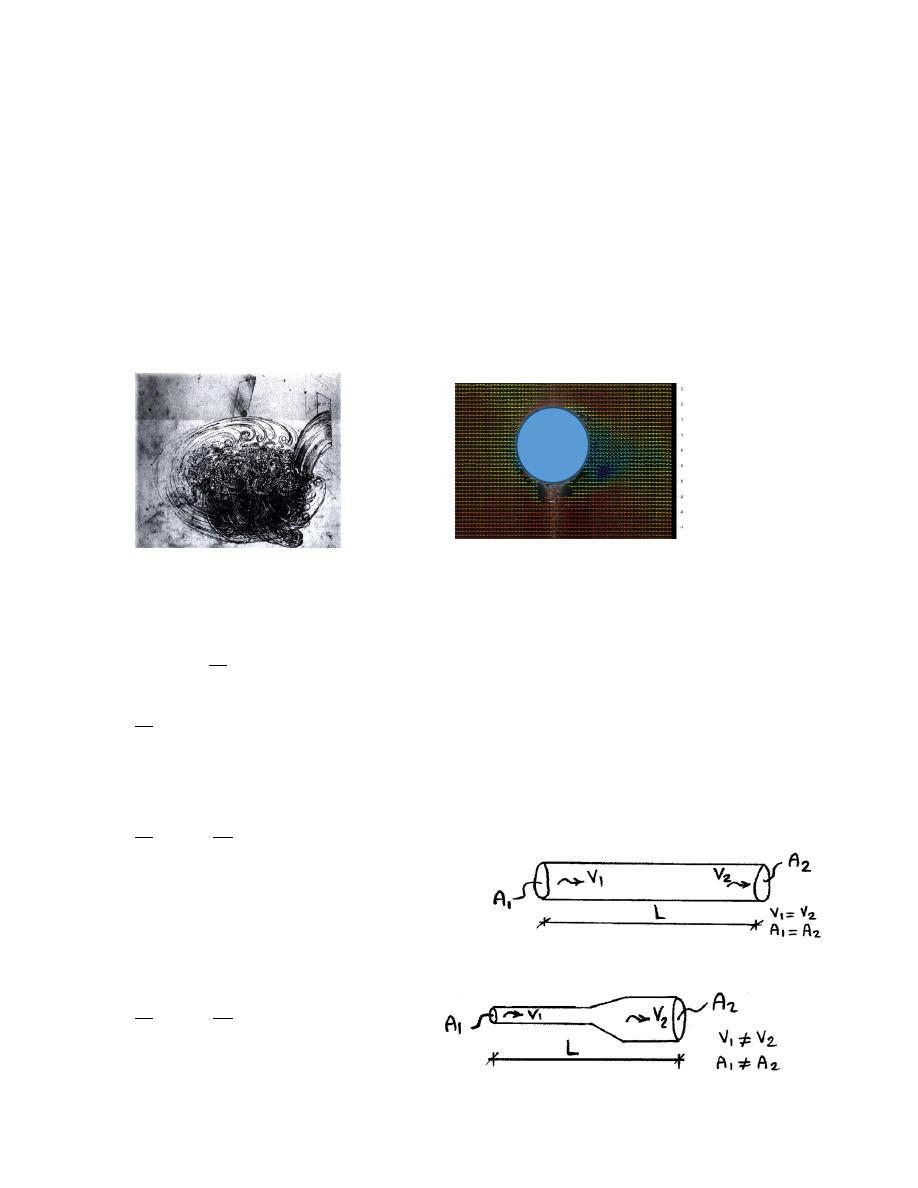
Page 5
Fluid dynamic
Introduction
Characteristics of fluid flow have generated a lot of interest over time. There
are evidence that some of ancient civilizations have running water and
drainage systems in place. These magnificent engineering achievements
were made simply making use of observations, e.g. water runs down an
elevation. While, the explanations why it is happens came much later when
the knowledge about fluid flow gathered over time. For instance, Leonardo
da Vinci has drawn a sketches of turbulent flows well before proper
description came into existence
Types of flow
Steady and unsteady flow
1. Steady flow: flow density, velocity and acceleration do not change with
time
2. Unsteady: flow density, velocity and acceleration change with time
Uniform and non-uniform flow
1. uniform flow: velocity and cross-section area are constant over a given
length
,
2. Non-uniform flow: velocity and
cross-section area are changes over a
given length
,
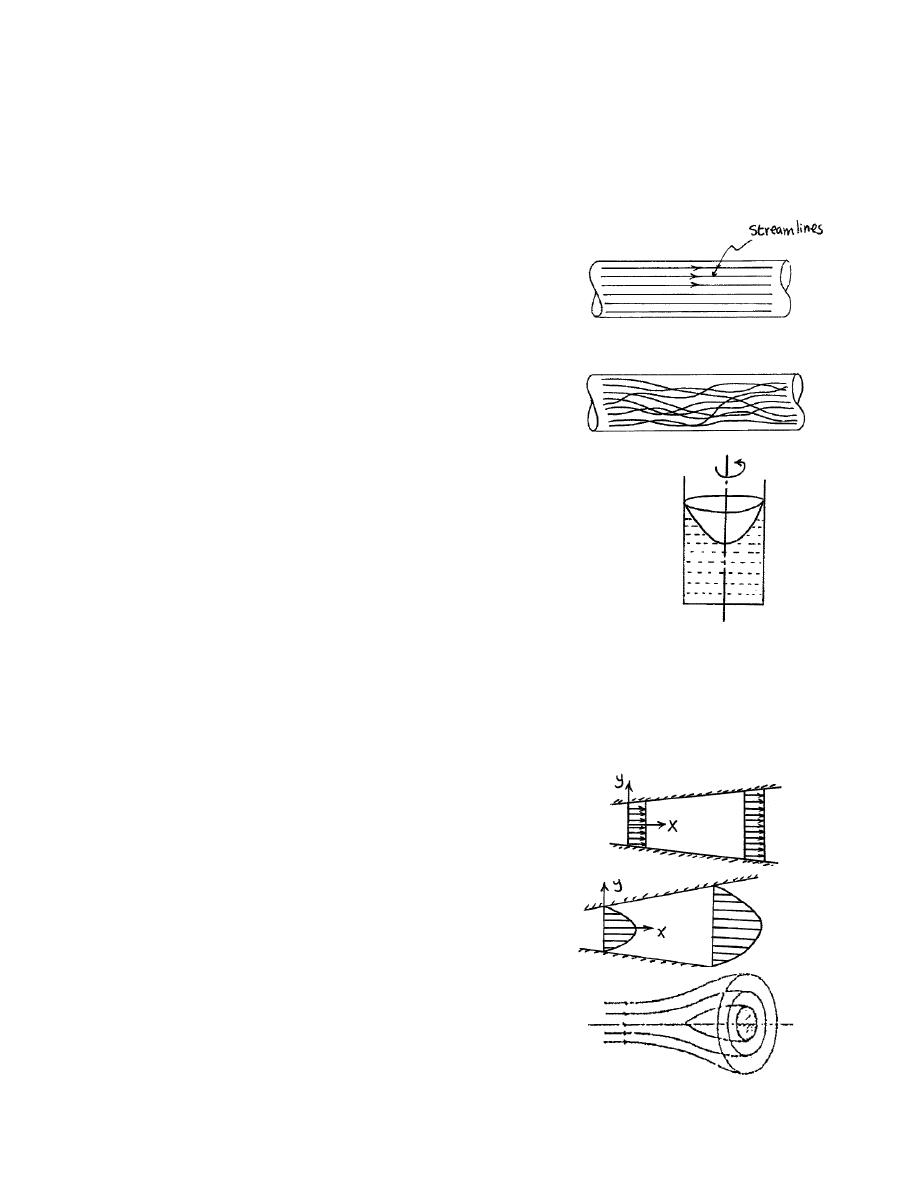
Page 6
Laminar and Turbulent flow
1. Laminar flow: it is occur when fluid particles move in parallel paths and
do not intersect.
e.g. flow through capillary tubes, ground water and
blood in veins.
Low Re
2. Turbulent flow: it is occur when fluid particles
move in random motion
e.g. nearly in all fluid motion
Rotational and Irrigational flow
1. Rotational flow: fluid particles rotate about an
axis.
2. Irrigational flow: fluid particles do not rotate about an
axis.
Compressible and incompressible flow
1. Compressible flow: density of fluid changes from point to
point.
2. Incompressible flow: density is constant.
One, two and three dimensional flow
1. One dimensional flow: velocity is function of time and one co-ordinate,
v= f(x,t)
Note: the flow is never truly one dimension.
2. Two dimensional flow: velocity is function of
time and two co-ordinates, v= f(x,y,t)
3. Three dimensional flow: velocity is function of
time and three co-ordinates, v= f(x,y,z,t)

Page 7
Streamlines and Streamtubes
1. Streamlines: are imaginary curves drawn to show the direction of fluid
flow and the tangent at any point gives the velocity direction
2. Streamtubes: a stream tube is a fluid mass bounded
by a group of streamlines.
Idea and Real fluids
1. Ideal Fluids
It is fluid that has no viscosity and incompressible.
No shear resistance.
Does not exist in nature.
2. Real fluids
It is fluid that has viscosity and compressible.
It offers resistance to its flow.
Viscous and inviscid flow
1. Viscous flow: it occurs for fluids that have viscosity which offer shear
resistance to the flow and part of energy is lost in flow
2. Inviscid flow:
No viscosity
No shear resistance
No losses in energy
Mean and discharge:
1. Mean velocity: it is average velocity passing through a given section
2. Discharge: rate of volume of liquid passing through
a given section
Continuity Equation
The mass passing through a pipe is constant unless suction or injection of
fluid is occurred
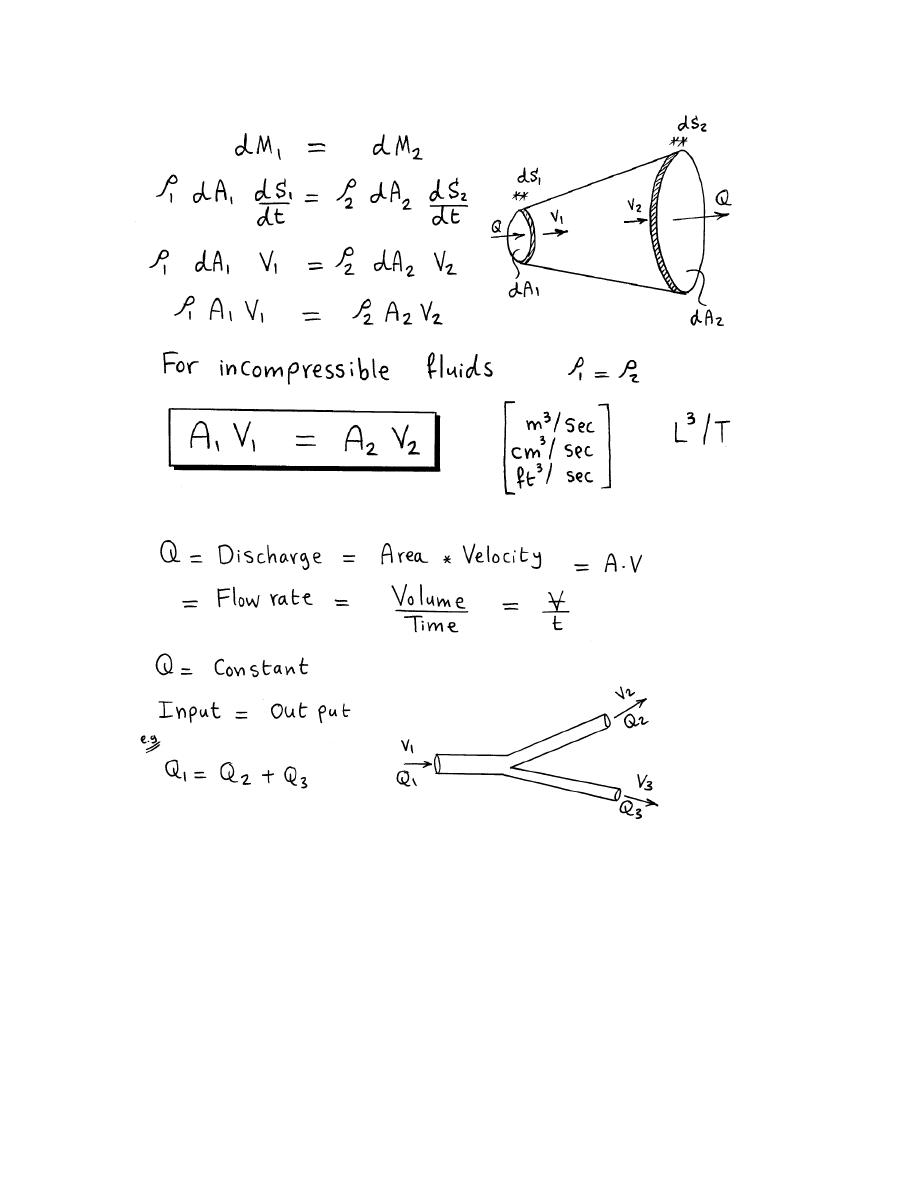
Page 8
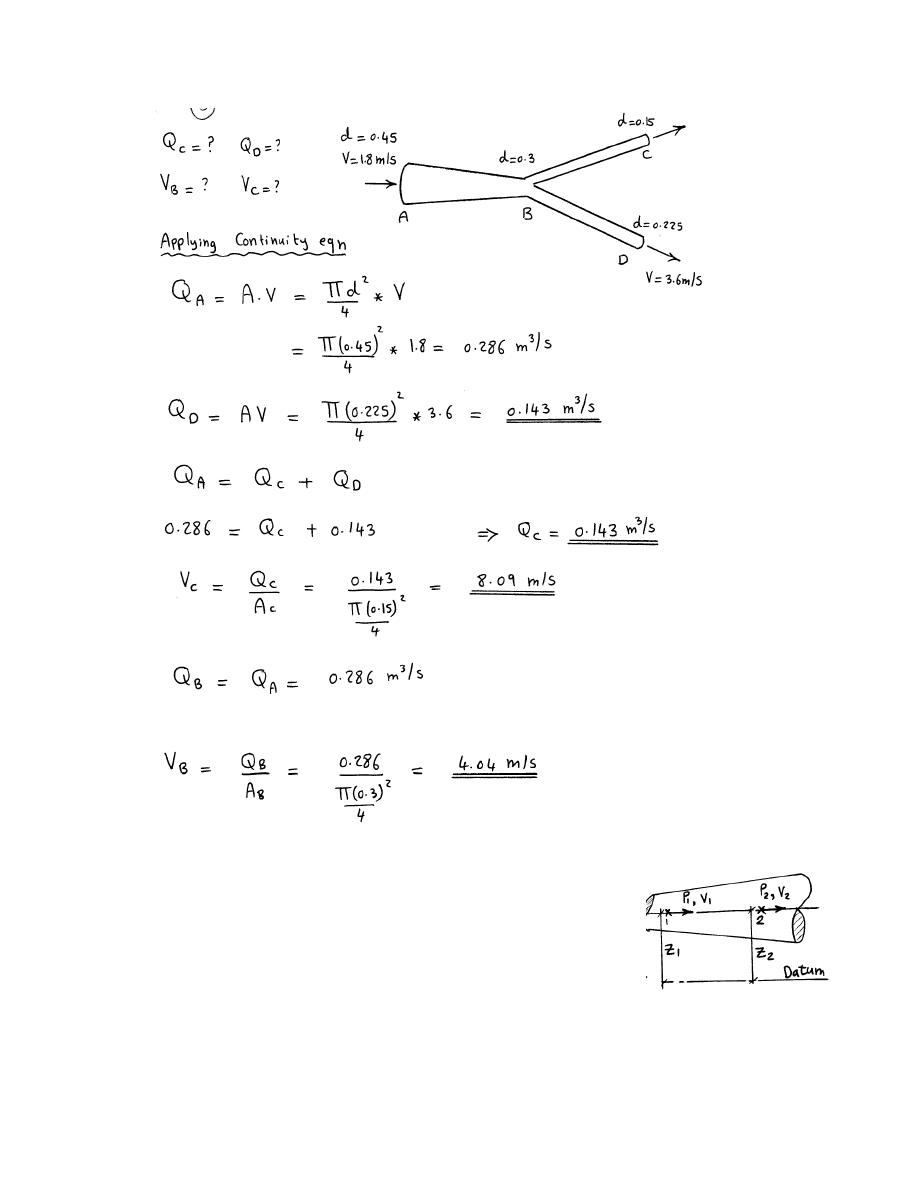
Page 9
Fluid energy
For any fluid element three types of energy can be found:
1.Potential energy
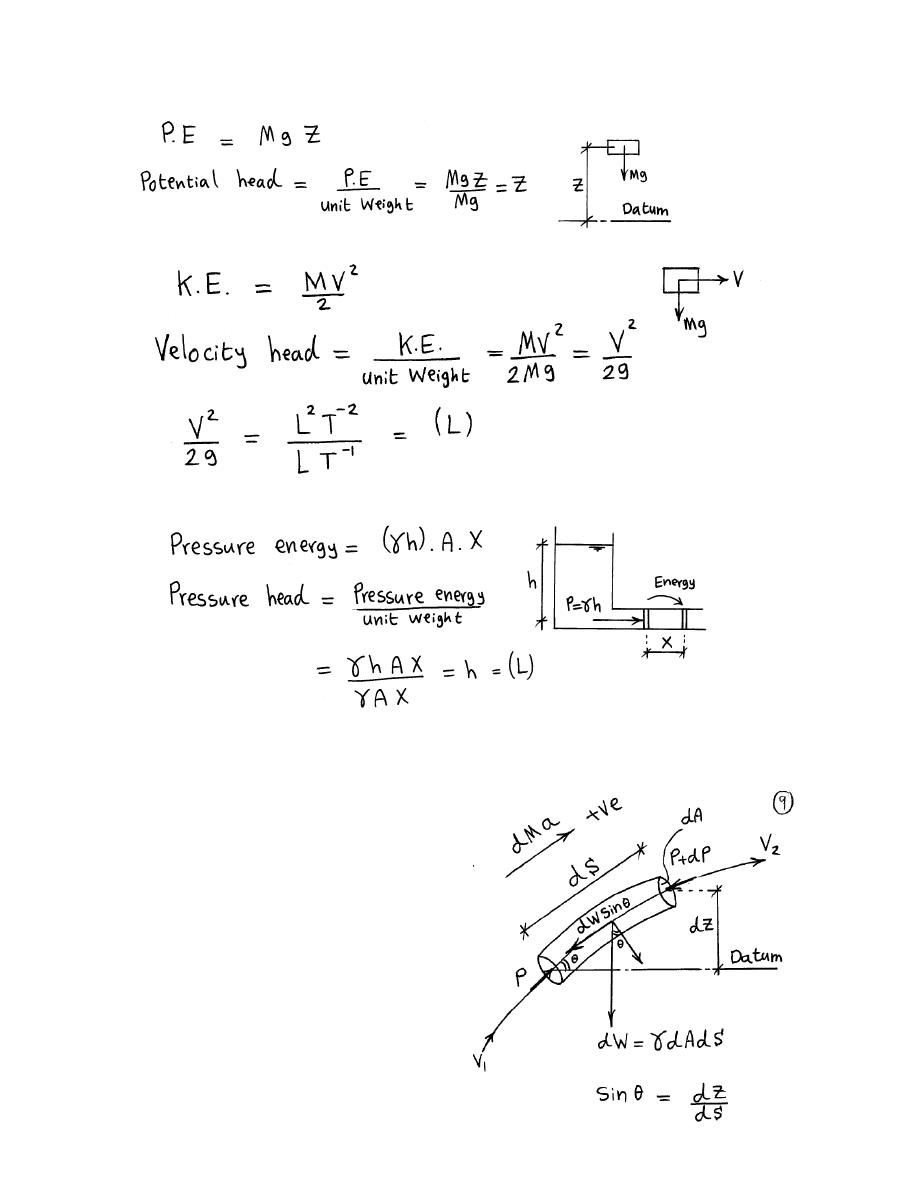
Page 10
2. Kinetic energy
3. Pressure energy
Euler and Bernoulli’s equation
Consider a fluid element of cross-
section dA and length ds moving
along a streamline
Appling the Newton 2
nd
law
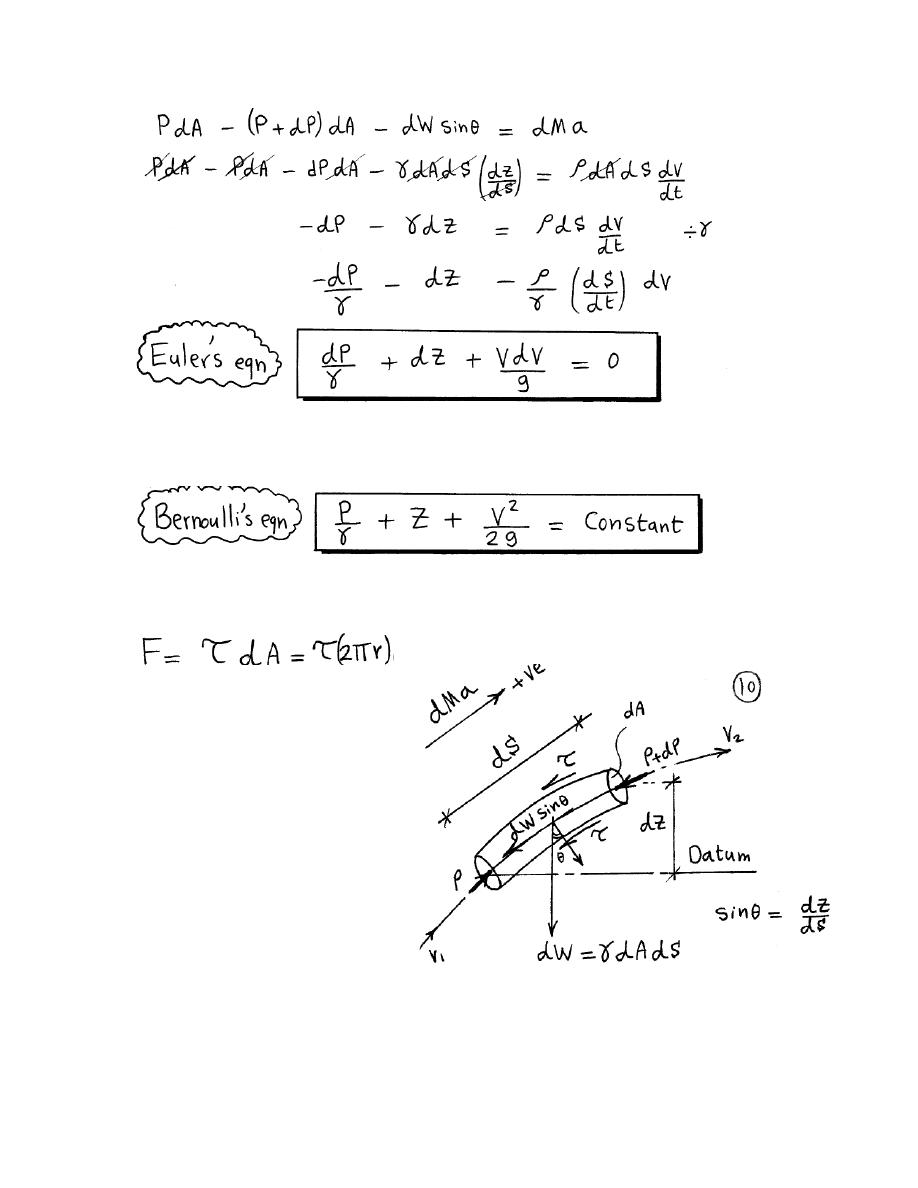
Page 11
Equation of steady motion along a streamline by integrating of Euler’s
equation
Real Fluid
Real fluid has additional force acting on the stream-tube owing to friction
Appling Newton’s second
law

Page 12
H1(Total energy at section 1) – h
L
(head loss from 1to 2)= H2 (total energy at
section 2)
Total Energy Line TEL: represent the summation of three energies
from Bernoulli’s equation. For ideal gas (no energy losses), the TEL is
constant and horizontal line
Hydraulic Gradient Line H.G.L:
